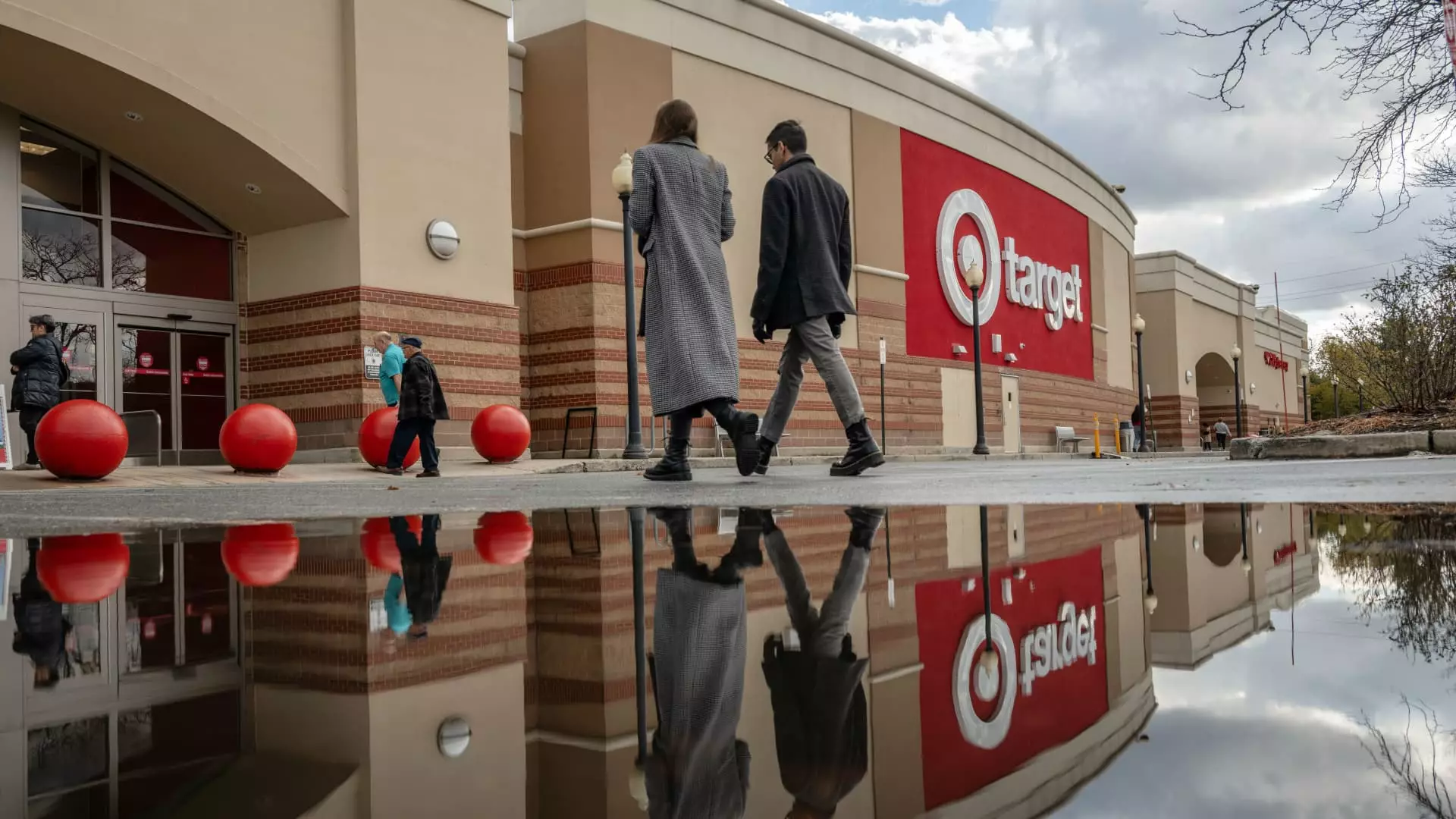As the holiday season approaches, a curious dichotomy has emerged within the retail sector. While some brands revel in increasing sales figures indicative of consumer confidence, others remain mired in a cycle of disappointing earnings and stagnant growth. The juxtaposition paints a vivid picture of a challenging marketplace, where both inflationary pressures and evolving consumer preferences are shaping shopping behaviors in unprecedented ways.
For more than two years, inflation has played a significant role in how consumers approach their spending habits. Price increases have forced shoppers to be more selective about their purchases, as they navigate the rising costs of necessities such as food, housing, and everyday services. The recent earning reports from major retailers underscore this trend, revealing that while shoppers may be willing to spend, their budgets are constrained. This reality manifests in a more cautious approach to holiday shopping—individuals opt to buy fewer items, leading them to prioritize which retailers receive their business.
According to Neil Saunders, managing director of GlobalData Retail, this selectivity creates a clear delineation between successful and struggling retailers. Shoppers may feel inclined to trim their spending by eliminating weaker brands from their shopping lists. In this atmosphere, the brands that resonate with customers are not only surviving but thriving.
The financial performance of retailers in the last quarter showcases stark contrasts. Companies like Walmart and Dick’s Sporting Goods reported strong sales, with Walmart noting a promising trend as its sales of general merchandise surged for the first time in over two years. Conversely, Target, Kohl’s, and Best Buy have experienced downturns in their sales figures, raising concerns about their growth prospects during the critical holiday season.
Interestingly, projections indicate that holiday spending may increase modestly—between 2.5% to 3.5%—compared to the previous year. This lower growth rate is telling; it suggests that consumers may be approaching the season with more restraint, which adds to the urgency for retailers to innovate and attract attention.
Retailers have adopted varied strategies to appeal to consumers amidst these challenges. While some brands have embraced cautious optimism—like Dick’s and Abercrombie, which have raised their sales forecasts—others are adjusting their expectations downward. Abercrombie’s Chief Operating Officer expressed enthusiasm about strong initial responses to its holiday offerings, indicating confidence in consumer interest.
In contrast, Nordstrom remains conservative, acknowledging slower shopping patterns, while Walmart balances a positive outlook with the realization that consumers seek better prices before committing to purchases. Retailers like Target are attempting to rekindle interest by introducing exclusive, themed products and enhanced promotional campaigns. They aim to entice consumers by showcasing a mix of affordability and novelty.
However, these strategies do not guarantee success. Many brands still grapple with excess inventory and misaligned product assortments that may not resonate with a decisive consumer base.
A notable shift in consumer priorities has emerged, moving away from novelty items towards gifts perceived as more practical or valuable. Insights from market research highlight a growing trend where shoppers seek items that serve a purpose. Individuals are becoming increasingly discerning: the impulse buys of previous years, like quirky games or whimsical trinkets, are losing their allure. Instead, consumers desire gifts that embody utility and relevance to their lives.
This paradigm shift poses profound implications for retailers. For instance, while Kohl’s displays various clothing and appliance items, there are apprehensions about their sell-through rates amid dwindling foot traffic. The cautious approach of consumers suggests that retailers must align their inventory with current preferences to avoid liquidation sales.
As the holiday season unofficially kicks off, the winning strategy appears to be rooted in delivering value—not solely through pricing but also in providing quality and novelty experiences. Chief retail advisor Marshal Cohen emphasizes the importance of retailers framing their narratives, preparing to attribute any shortfalls to a myriad of external factors.
This defensive maneuvering is commonplace in retail, as brands seek justifications for underperformance, whether it be influenced by inclement weather, supply chain obstacles, or fluctuating consumer sentiments. It serves as a reminder that retailers need to be versatile and prepared for any eventuality, relying on both innovation and consumer insight.
The retail landscape as we approach the holiday season reflects a complex web of consumer behaviors and brand strategies. The variations in sales figures and forecasts underscore the challenges some retailers face against a backdrop of evolving shopper priorities. The focus now shifts to adaptability and the quest for value, which could ultimately determine which retailers emerge successful this season.

